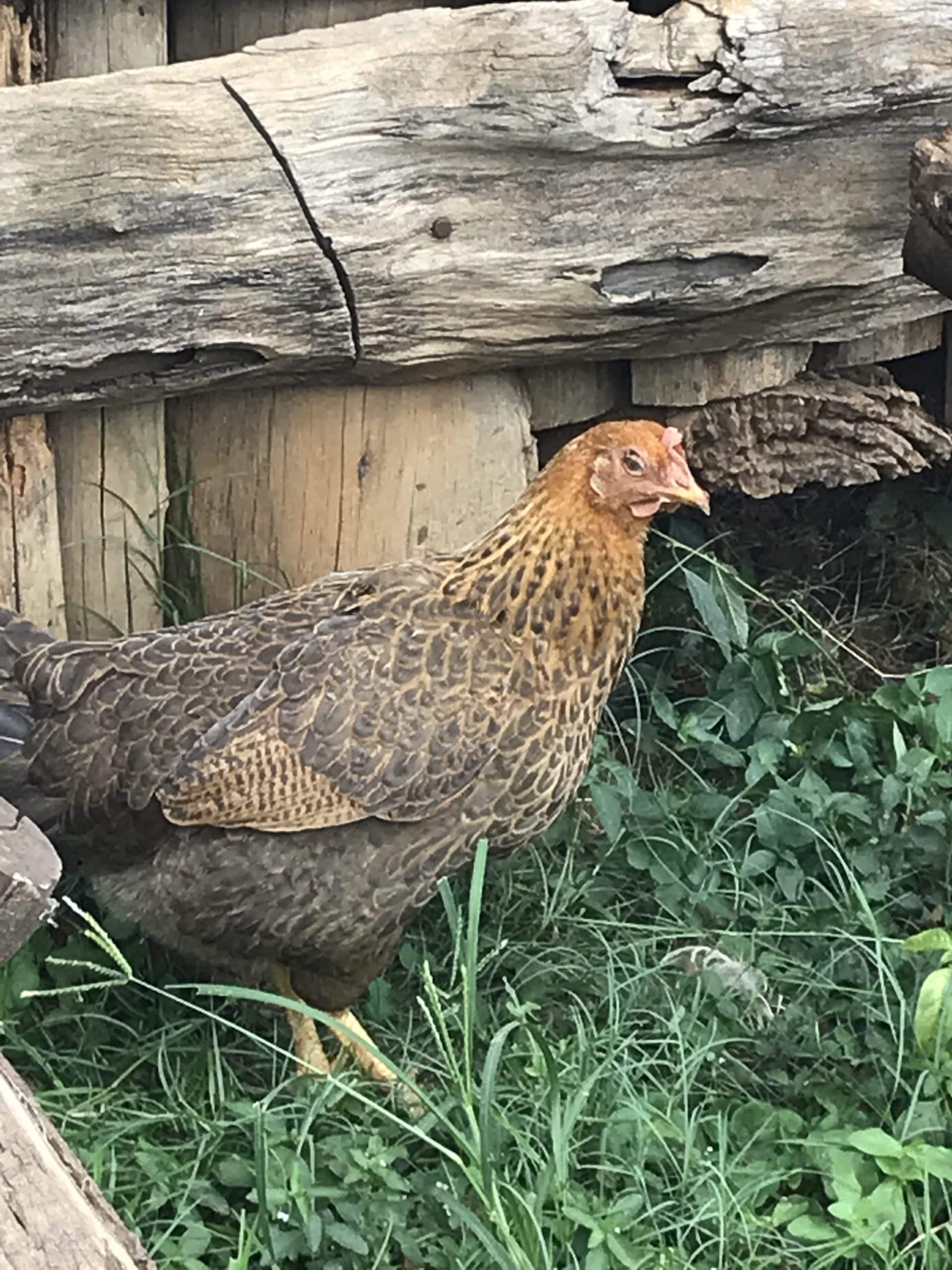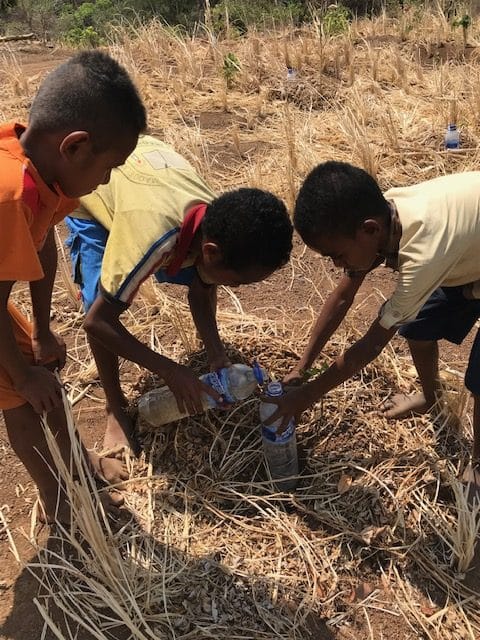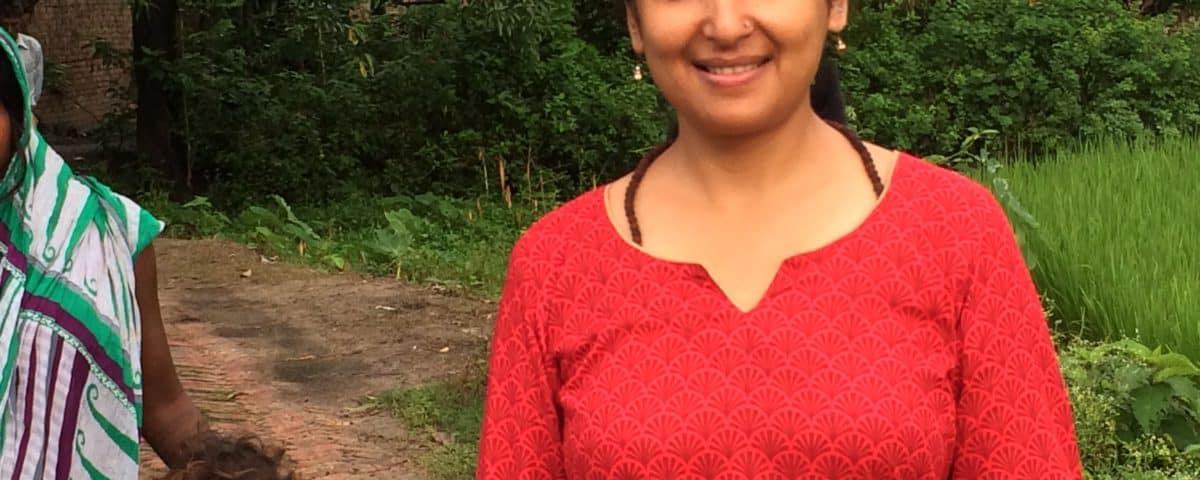
In Burkina Faso, Better Chickens are an Antidote to Hunger and Militancy
December 20, 2018
In Guatemala and Timor-Leste, single-use plastic water bottles are saving lives
February 5, 2019Drier Conditions Force Researchers To Find New Rice Farming Method

Rice farmers in Nepal are improving yields by more than 50 percent using a technique that sows fewer plants per acre but produces more rice per plant. It also uses less water.
STEVE INSKEEP, HOST:
How do we adapt to a world with more people and less fresh water? The question becomes urgent as climate change accelerates. The oceans may rise, but some regions are becoming drier. Farmers use a lot of water growing rice as a basic food for billions, but some need to do it with less. Danielle Preiss reports from Nepal.
(CROSSTALK)
DANIELLE PREISS, BYLINE: Apsara Bharati and her neighbors are spread across a small bit of land in Kavre about 20 miles outside Nepal’s capital. The women bend to plant rice seedlings in mud to their calves in Bharati’s fields.
APSARA BHARATI: (Speaking Nepali).
PREISS: One by one, Bharati instructs the women, who are used to placing several plants at once. Bharati is practicing SRI, or the system of rice intensification. The technique, which developed in Madagascar in the 1980s, involves planting fewer seedlings, planting them younger and using less water. It seems counterintuitive, but in countries like Nepal, subsistence farmers have seen their harvest grow.
Listen to or read the rest of the interview here.

